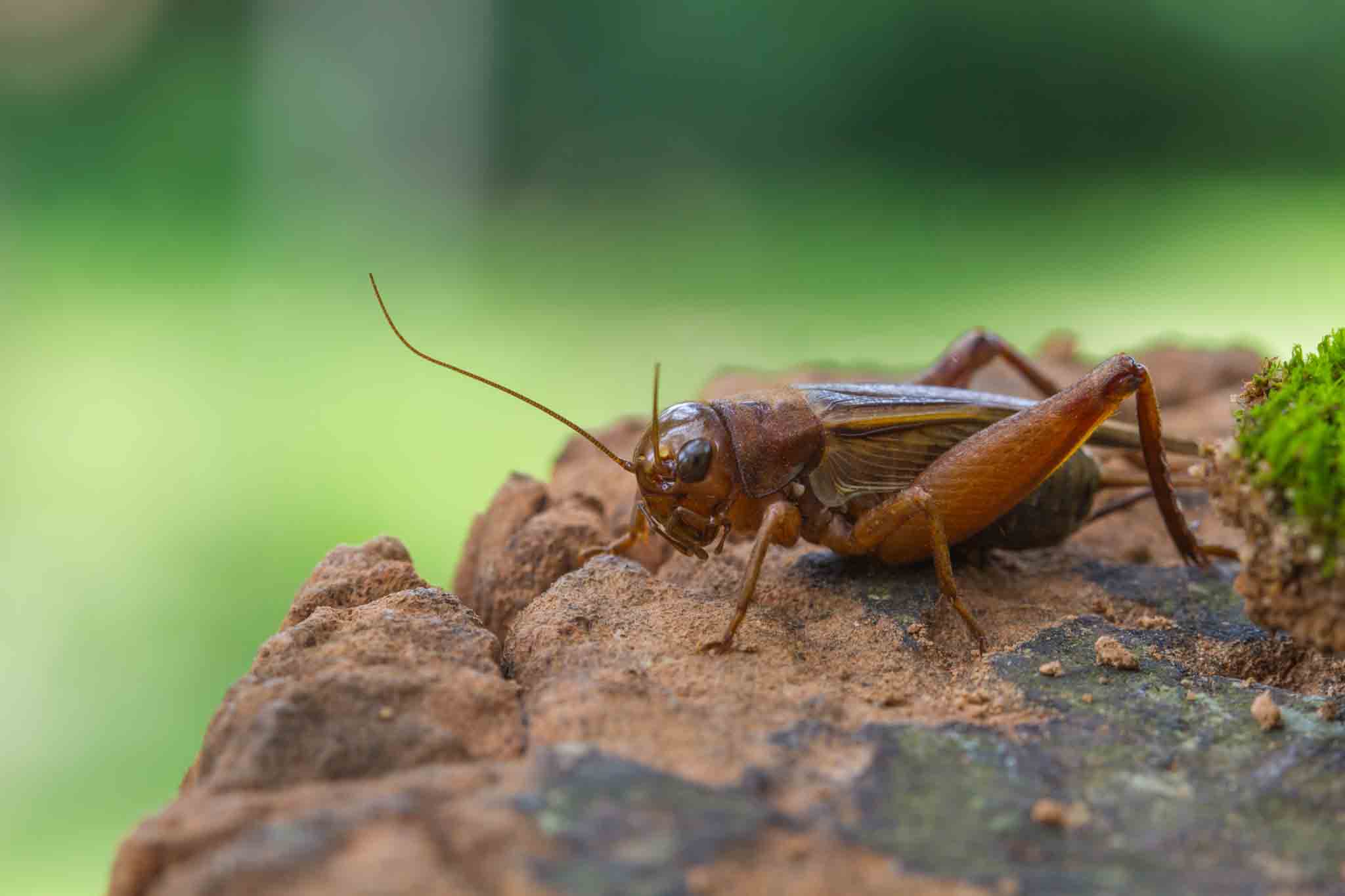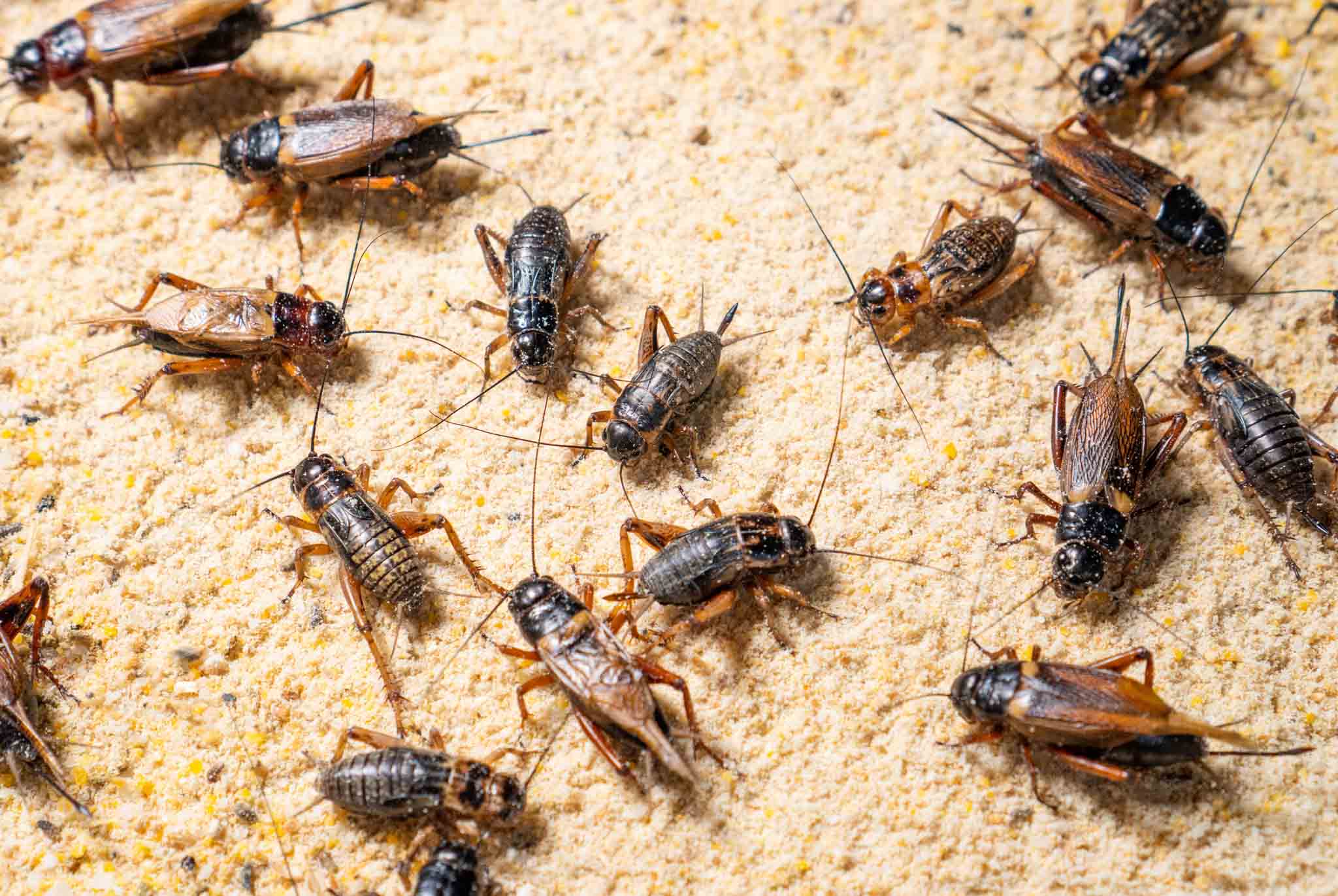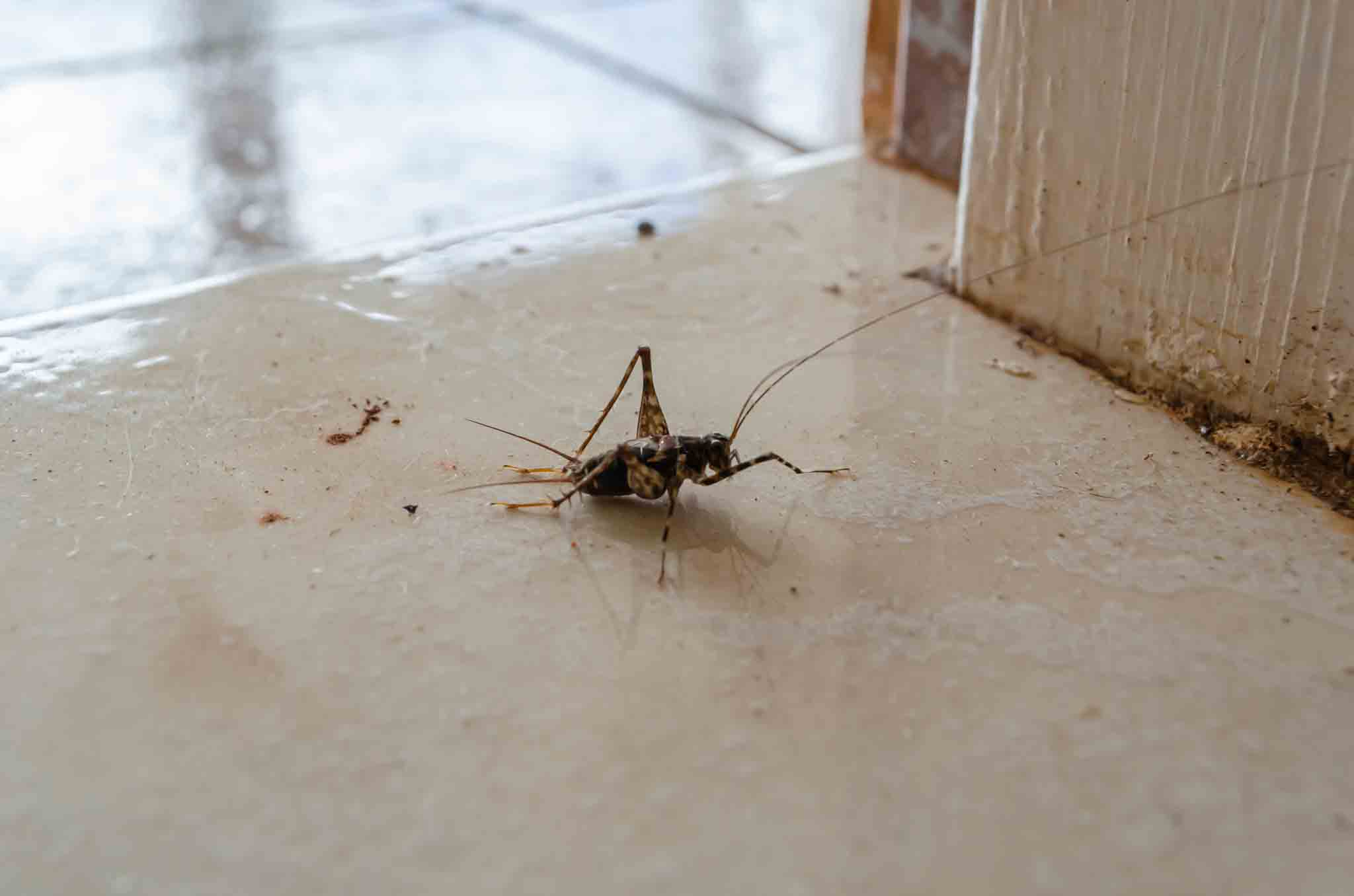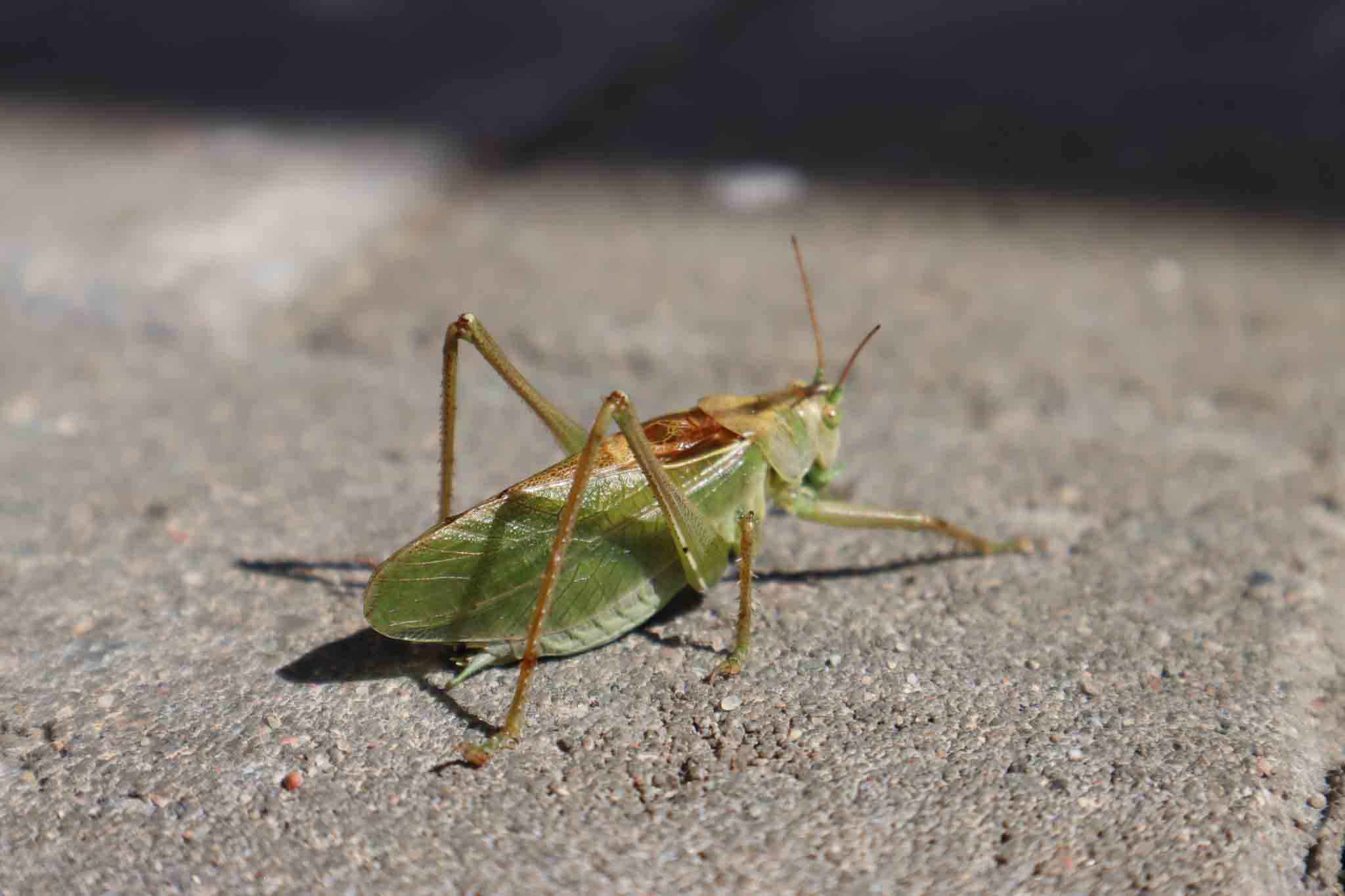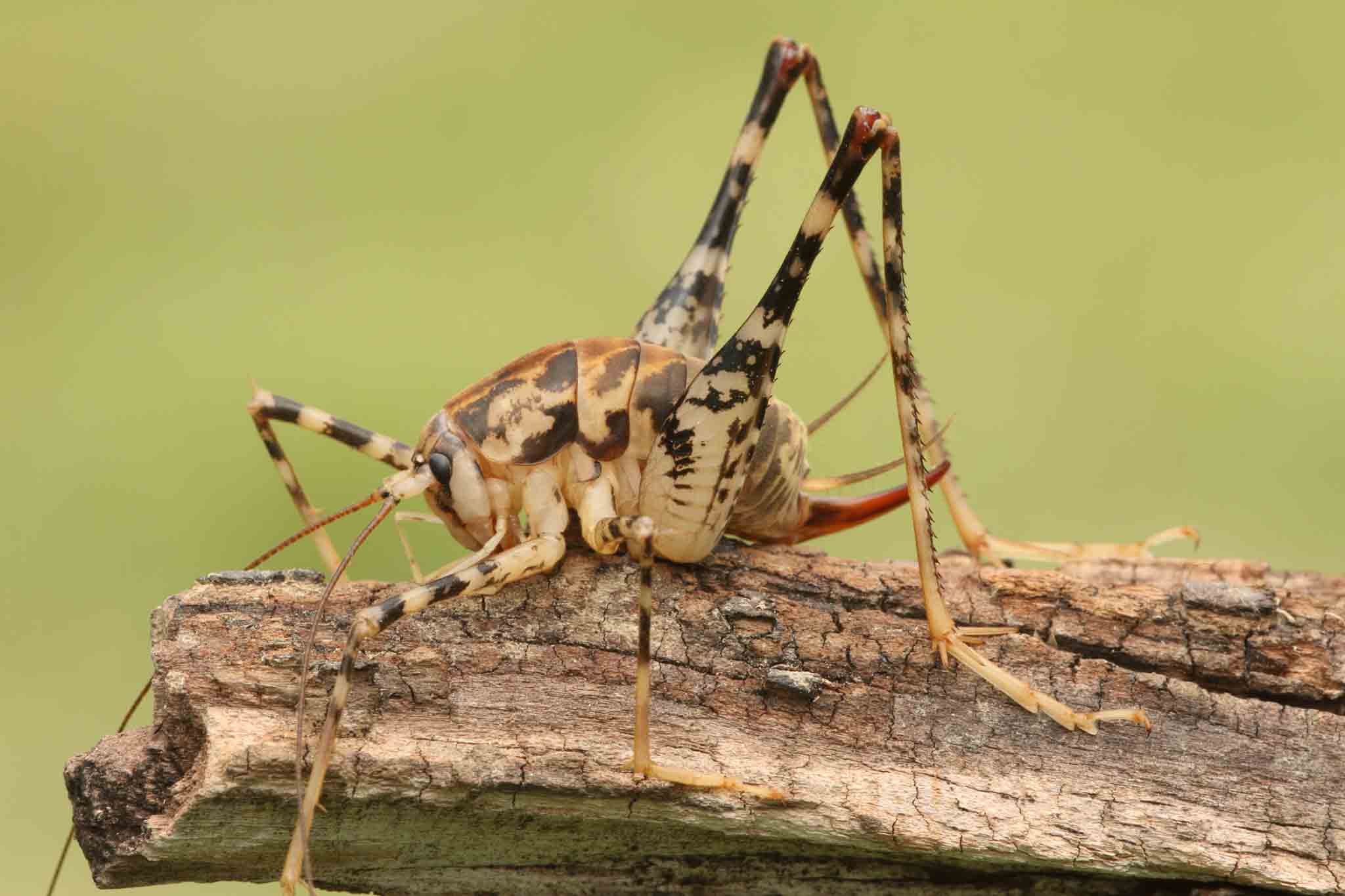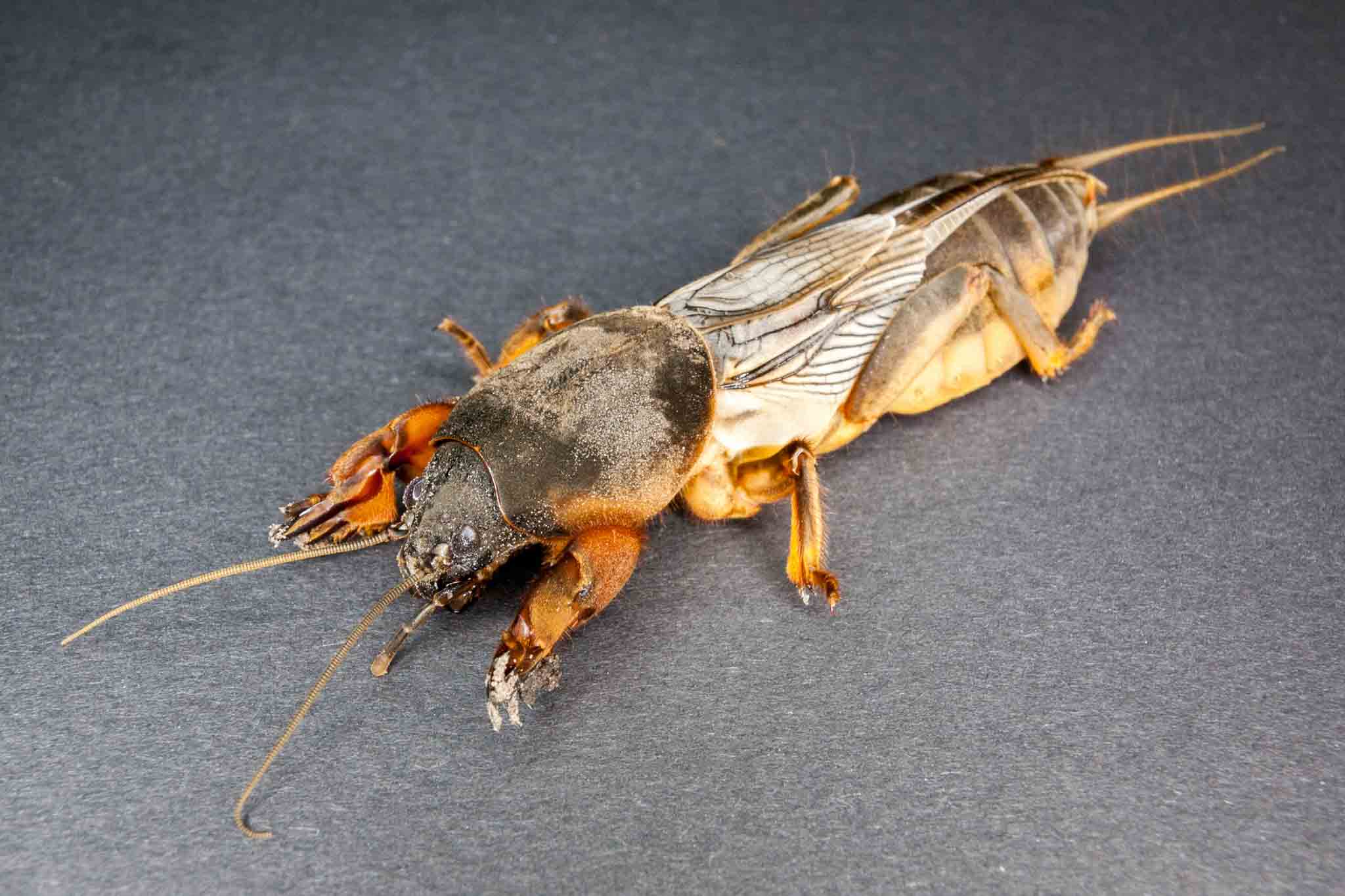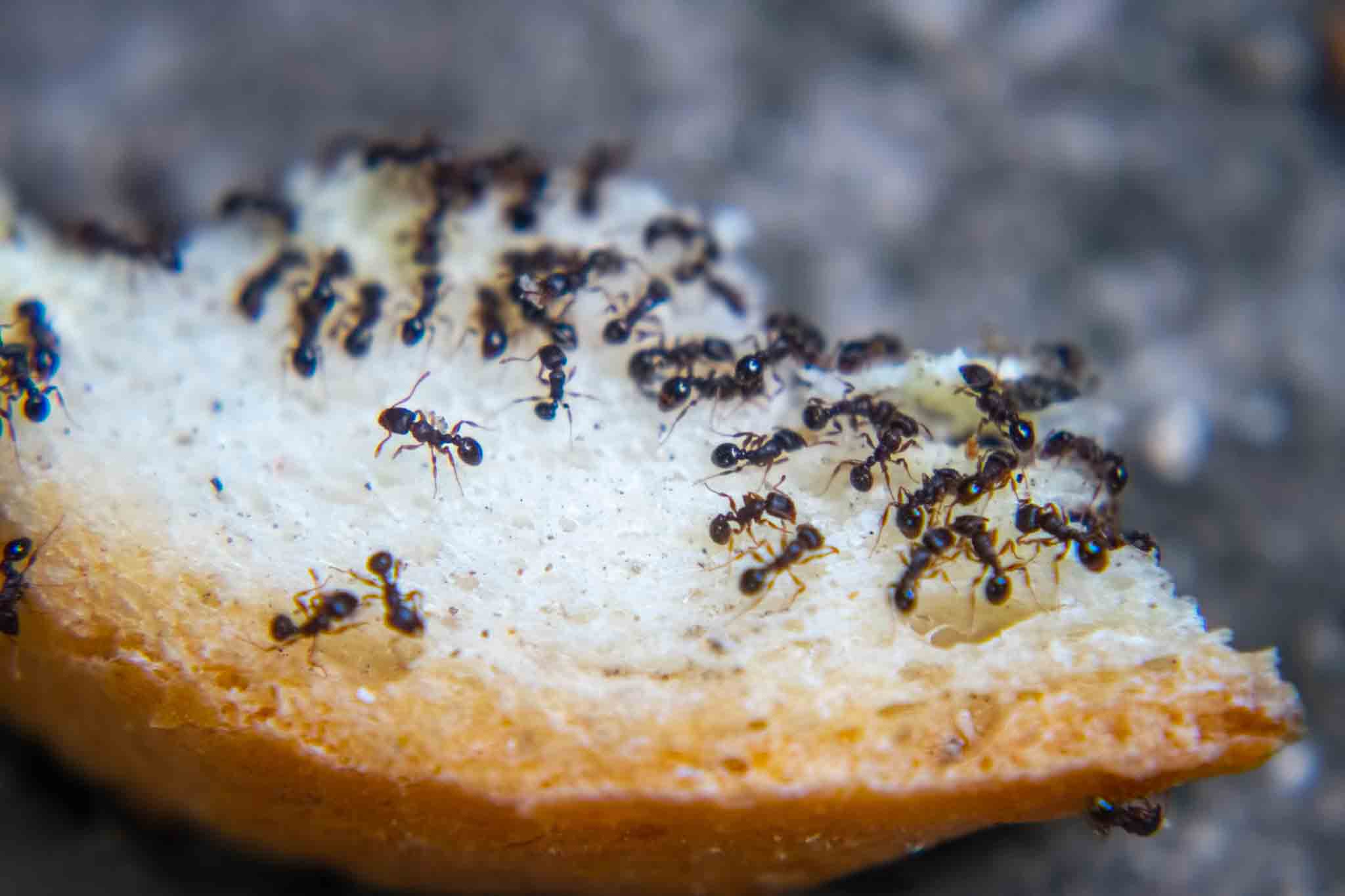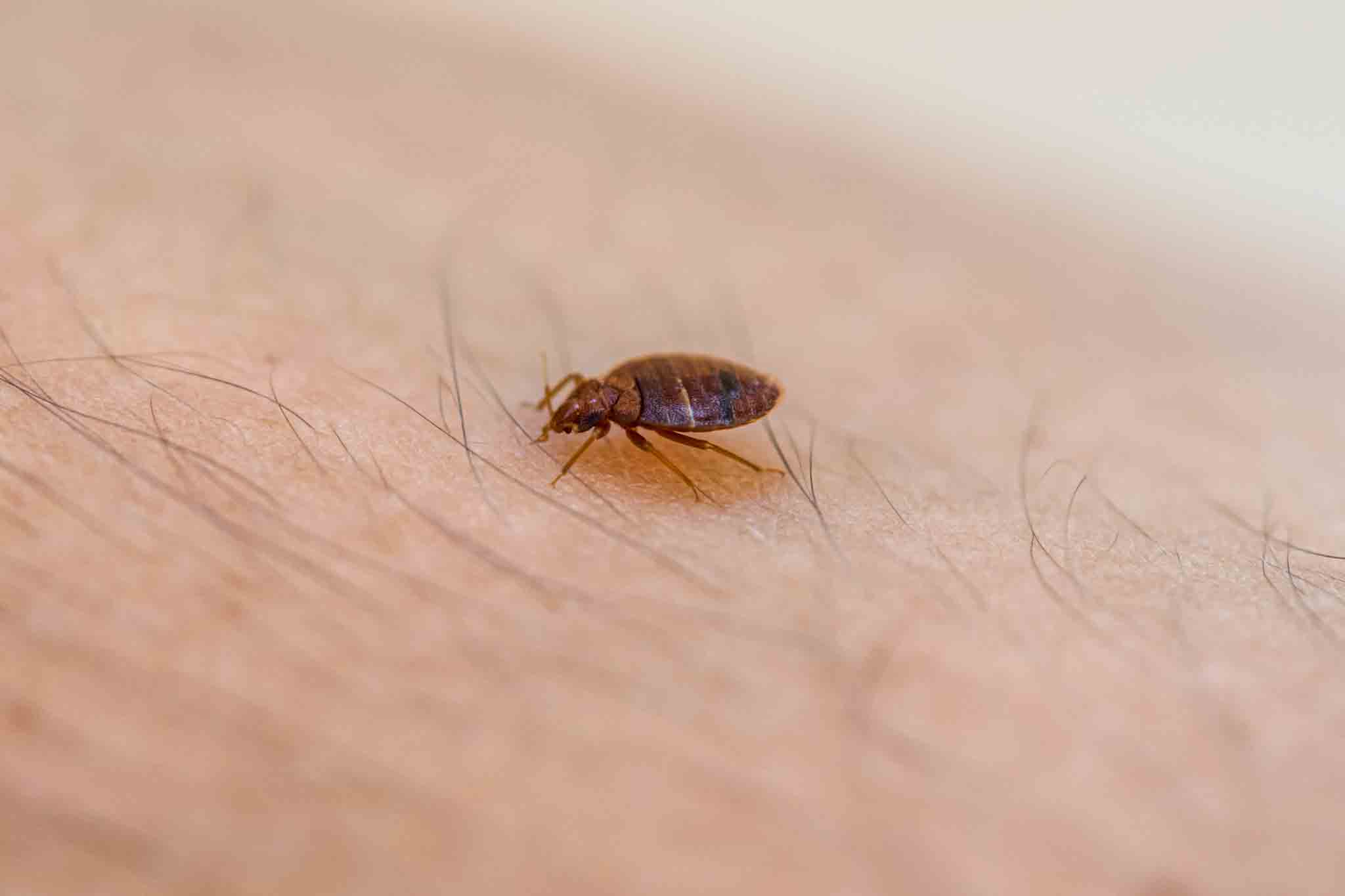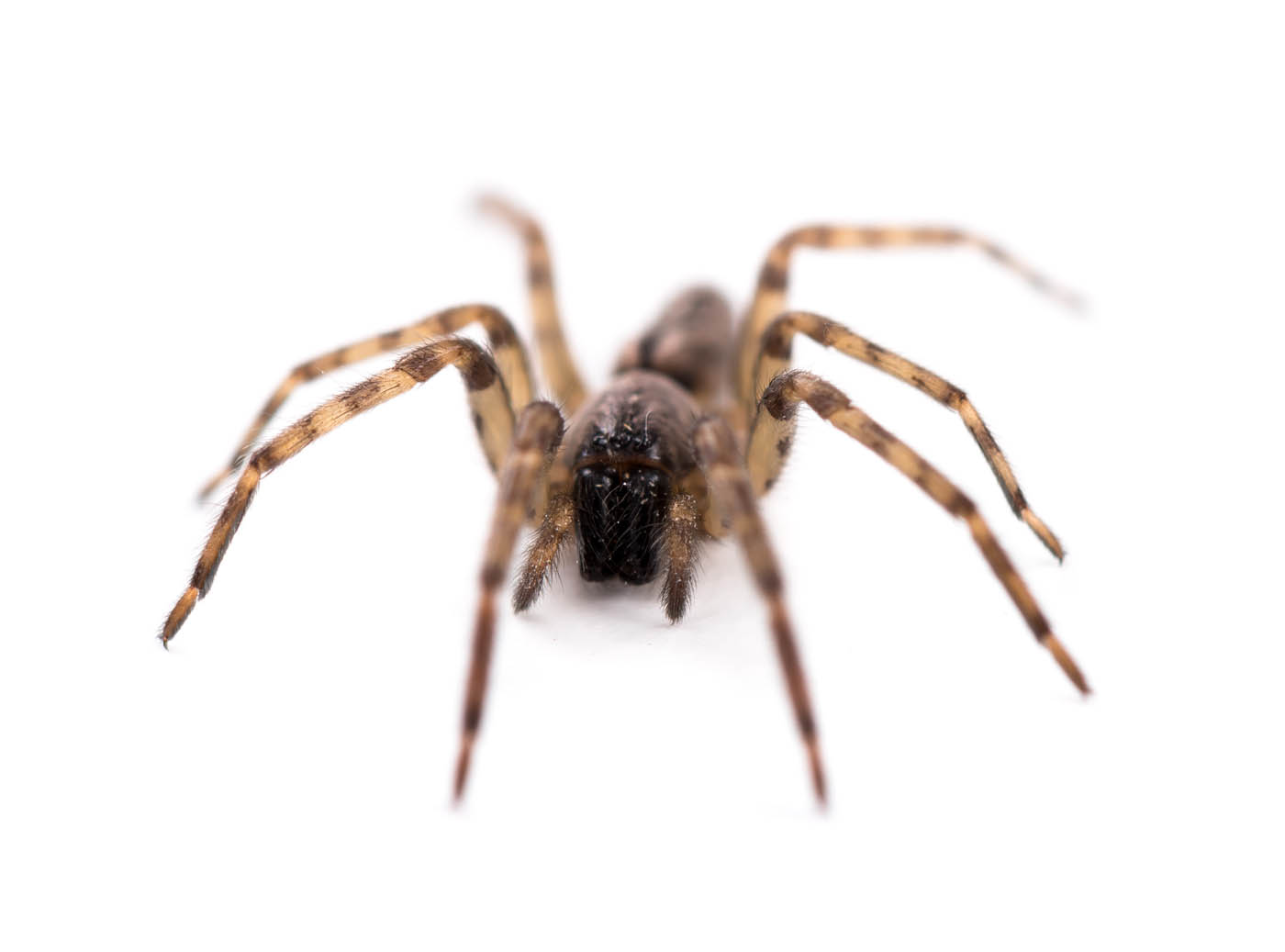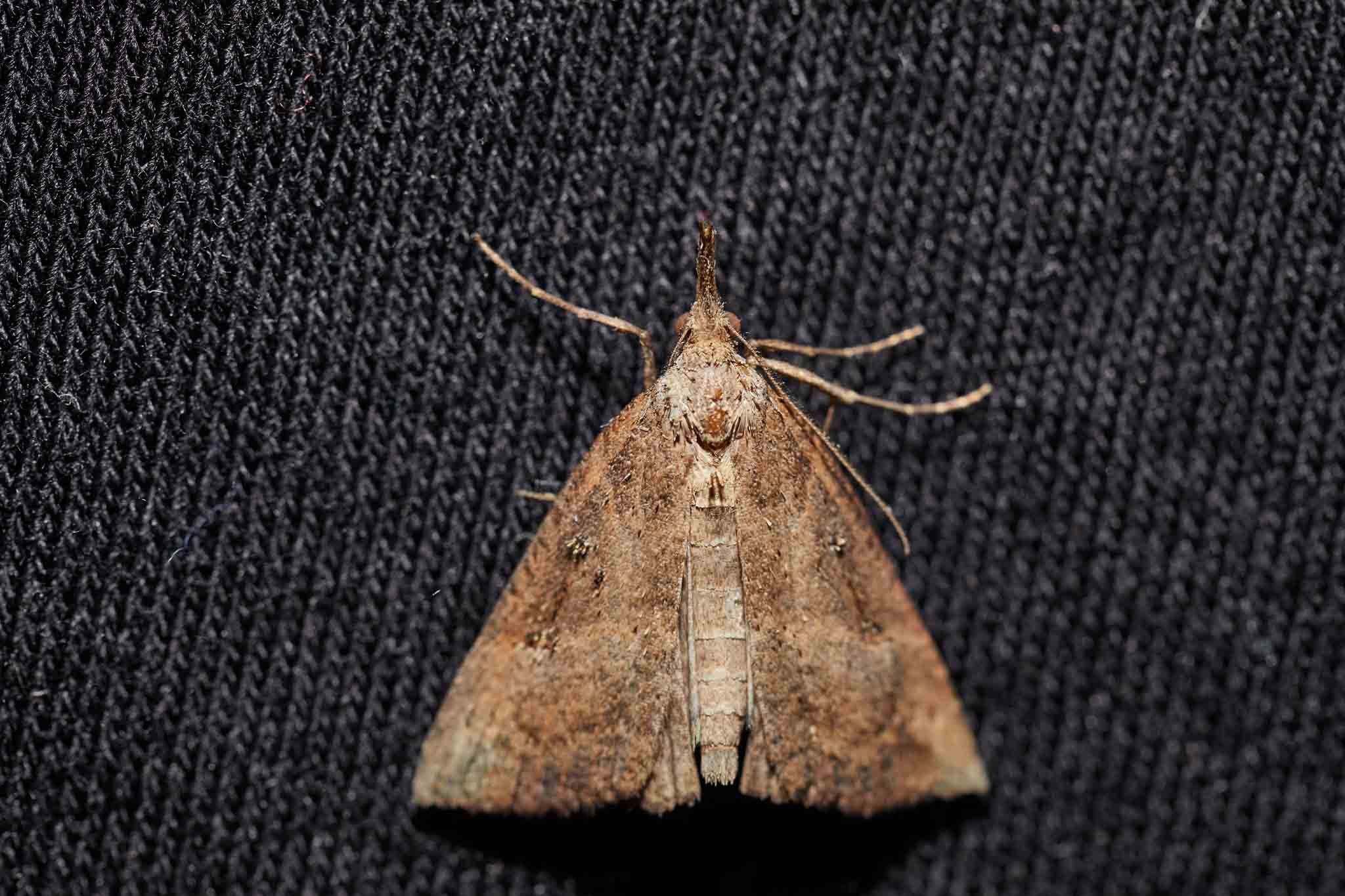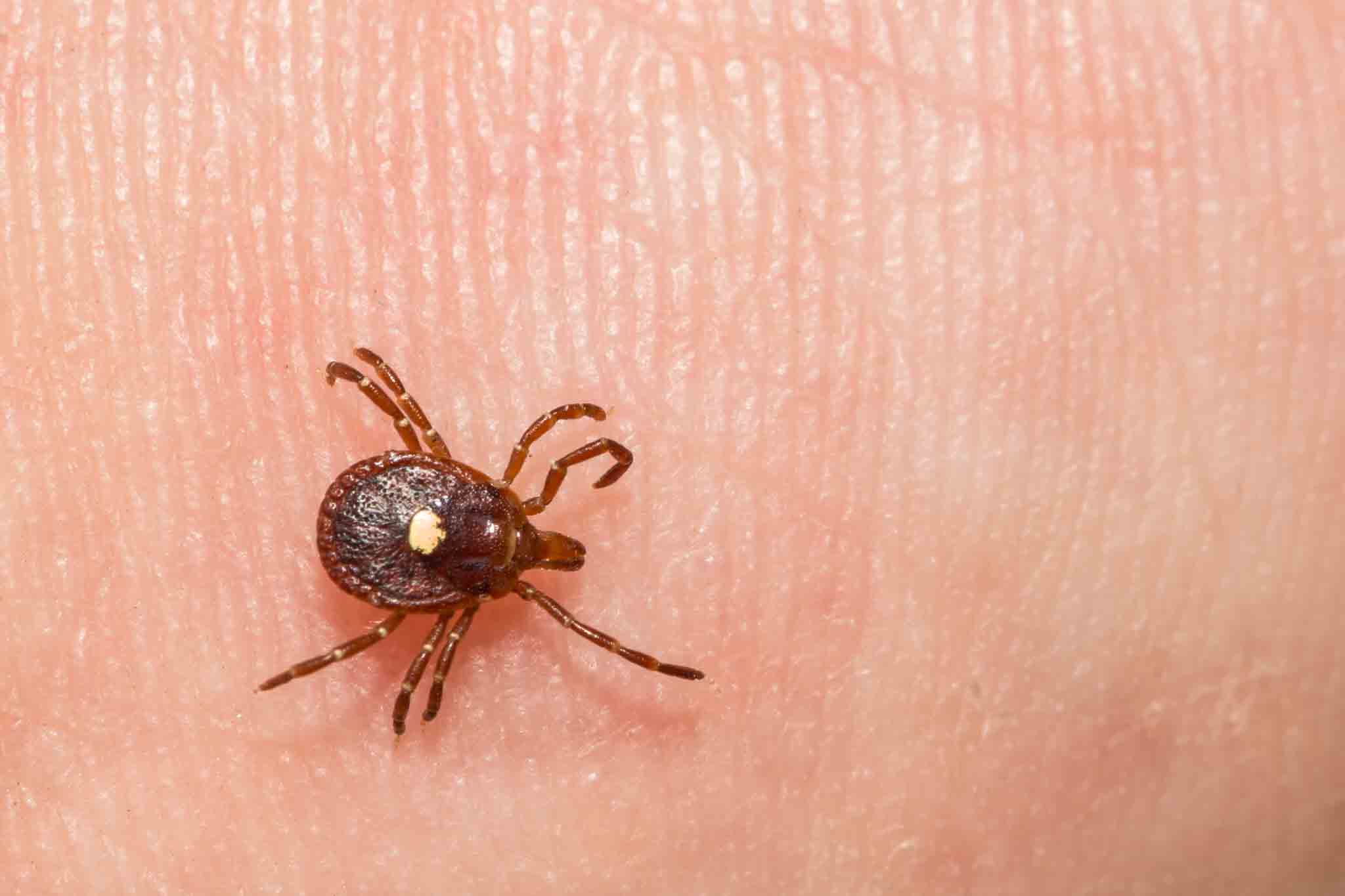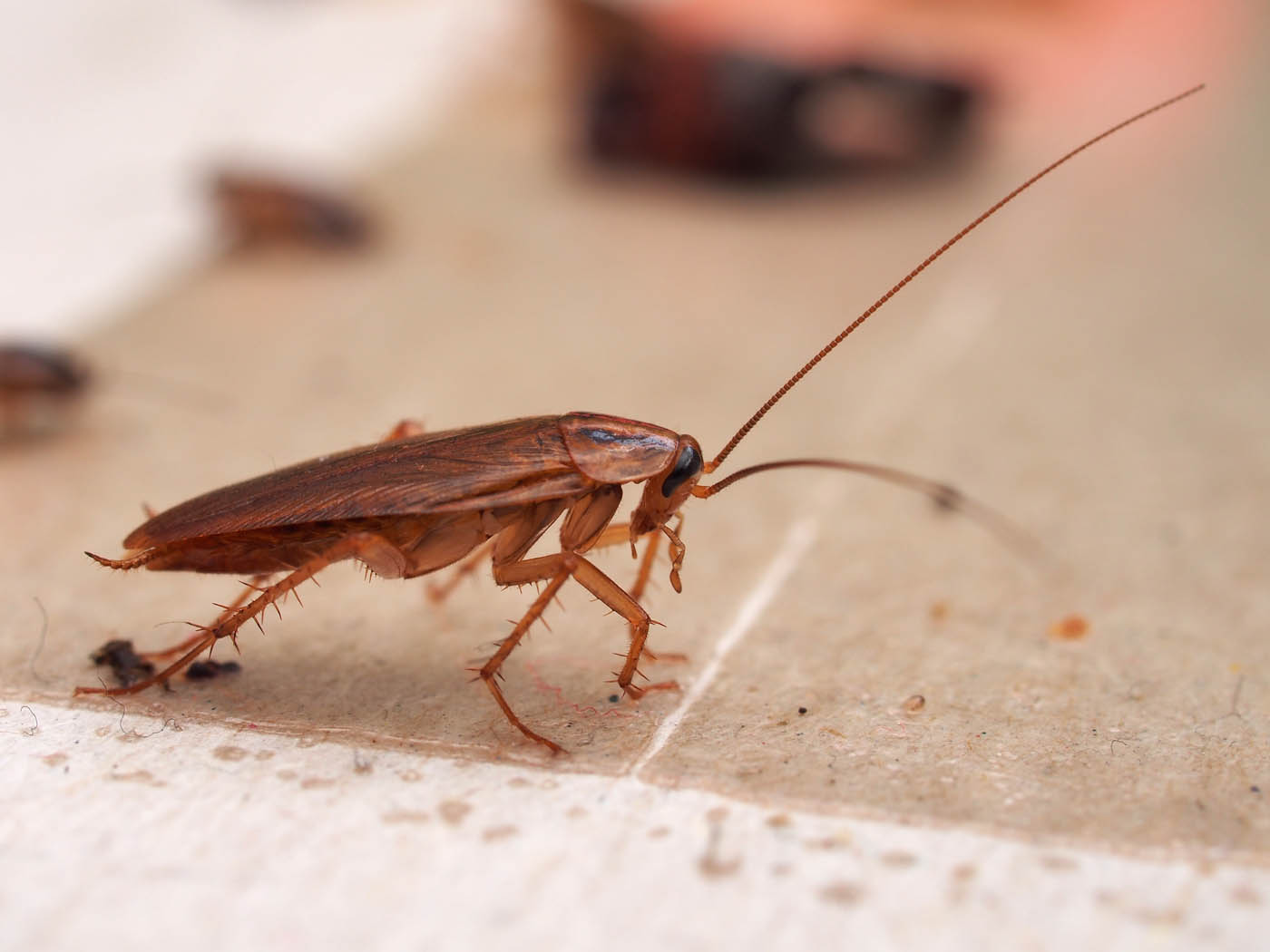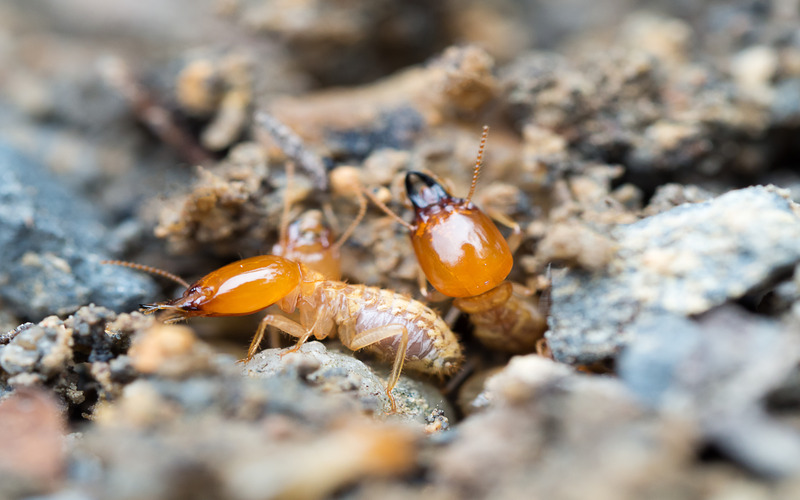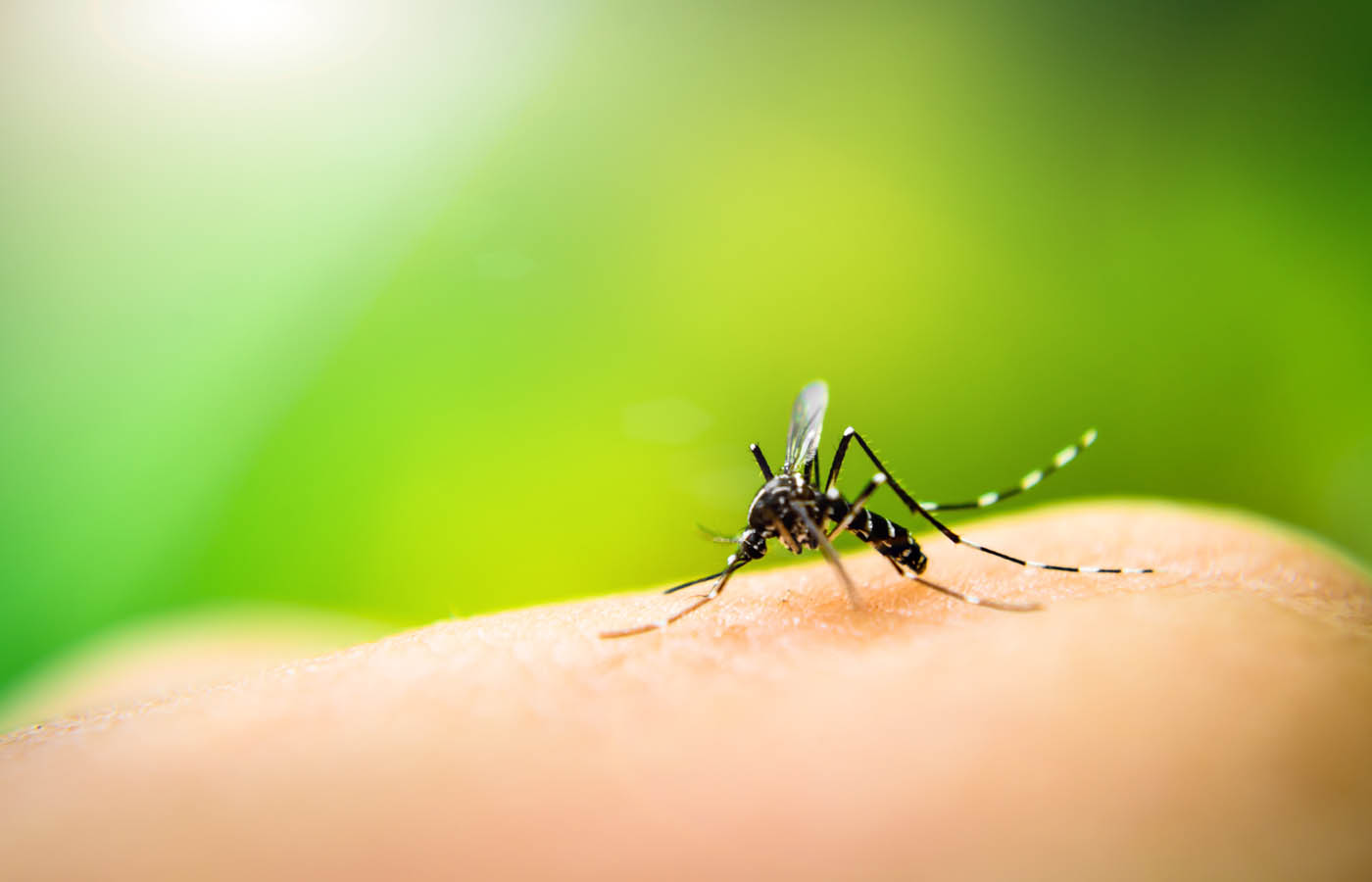Identification
-
Legs
Crickets have thick, sturdy and long hind legs that help them to make big leaps. The front legs are significantly smaller and lacking in strength. Mole cricket, unlike other species, isn’t an excellent jumper, despite having strong hind legs.
Crickets also have visible spines and tympanum located on the posterior portion of their legs. The function of the tympanum is similar to that of an ear ― to detect different frequencies of sound through its flexible membranes.
-
Wings
This is the most distinct part of the cricket. Most males have a pair of wings, which they rub together to create their infamous “chirping call” to attract the ladies.
-
Color
Their appearance varies from species to species. House crickets have a yellowish-black color, whereas field crickets are jet-black or sharpish-brown in appearance.
Cave and camel crickets come in three colors, dark brown (lighter than field crickets), bright yellow, and tan. Jerusalem crickets are a blend of yellow and faded black, and have prominent circular rings on their abdomen.
-
The Ovipositor
Female crickets have a unique organ called the ovipositor for planting eggs in the soil. It is the size of the cricket’s body and has a rounded tip.
The antennae of some species are also longer than the main body and like the ovipositor, located at the rear end in a curved orientation.
There are approximately 900 known species of crickets in the world. 100 of which are predominantly found in Canada and America. Here are the most typical types of crickets that invade homes.
-
House Cricket
Fully grown house crickets are .75 to 1 inch long. They spend most of their time in outdoors in summers, especially in trash cans, and infiltrate homes during the winters.
In homes, they are mostly found nesting in a dark and warm place. They can cause considerable damage to materials, such as silk, cotton wool, and linen.
-
Ground Cricket
The light and warmth of indoor buildings attract ground crickets in large numbers. They are really small, which is why they are easily able to access buildings and homes. The chirping sound of the male cricket is more screeching and high-pitched than field crickets.
-
Camel Crickets
They have powerful and long hind legs that help them to make long jumps. They have very prominent antennae and are wingless, unlike other crickets. They live in cool, dark and damp environments, such as caves and under rocks.
They head towards buildings in the winter and remain hidden in crawl spaces and underground basements. They don’t cause much of a threat and are only considered as a minor nuisance.
-
Mole Cricket
As it is evident from the names, this cricket looks like a mole. They make sophisticated underground tunnel systems and live there. They feed on soil and plant roots.
They are not good at flying, and only take flight when their home is flooded. This is also one of the reasons why they found refuge in homes. Despite their frightening looks, they are not a major threat to homes or buildings.
